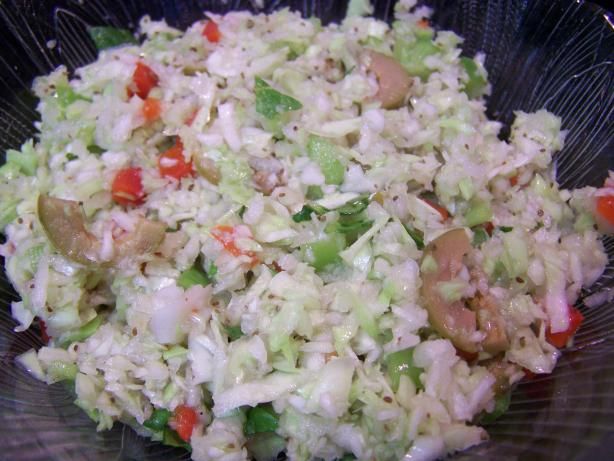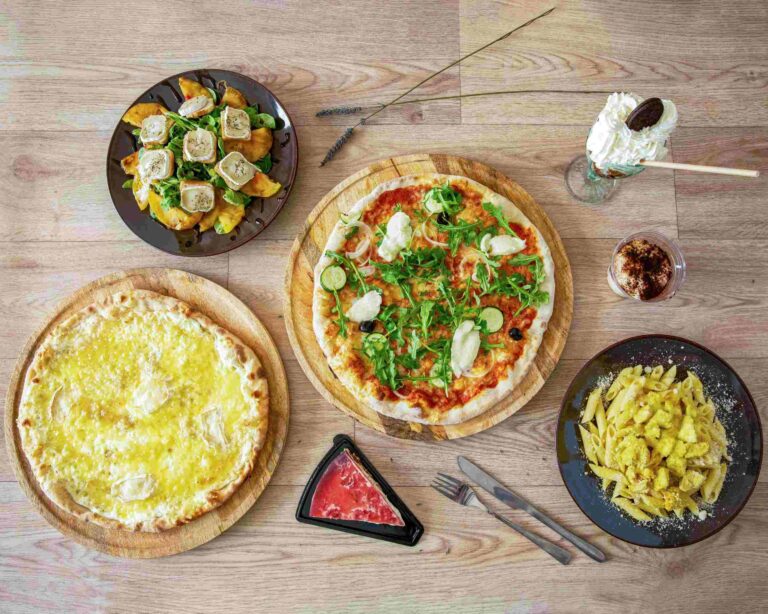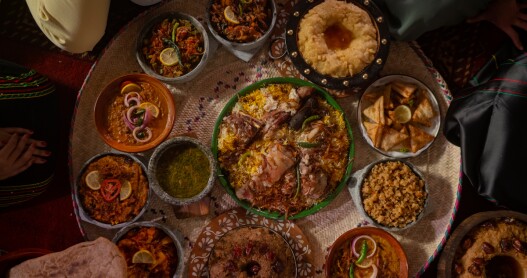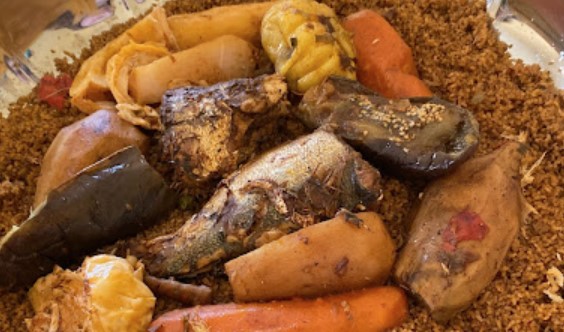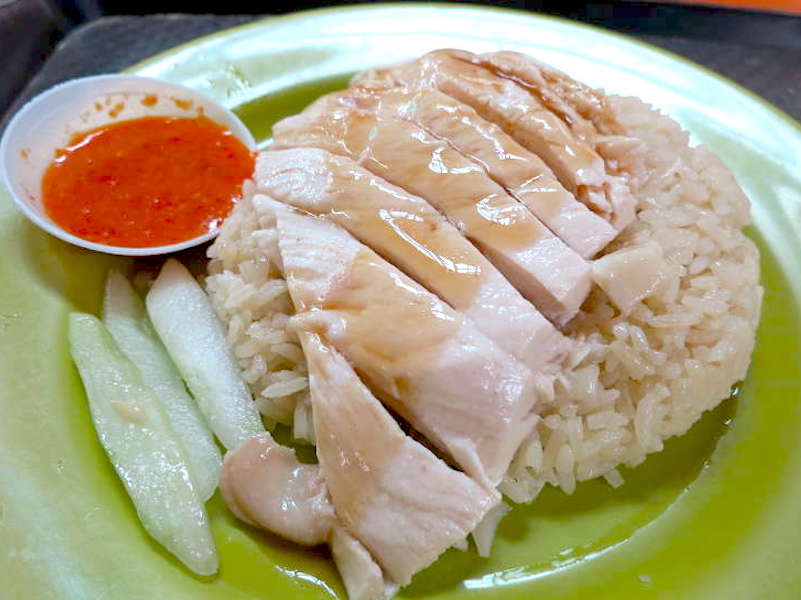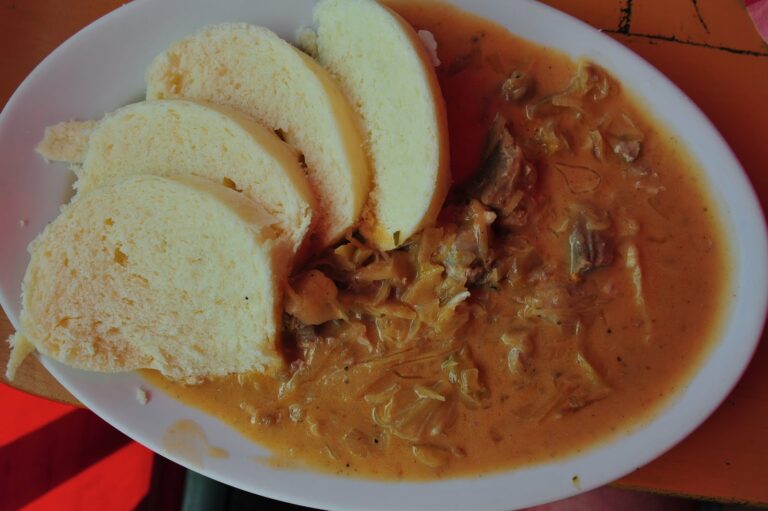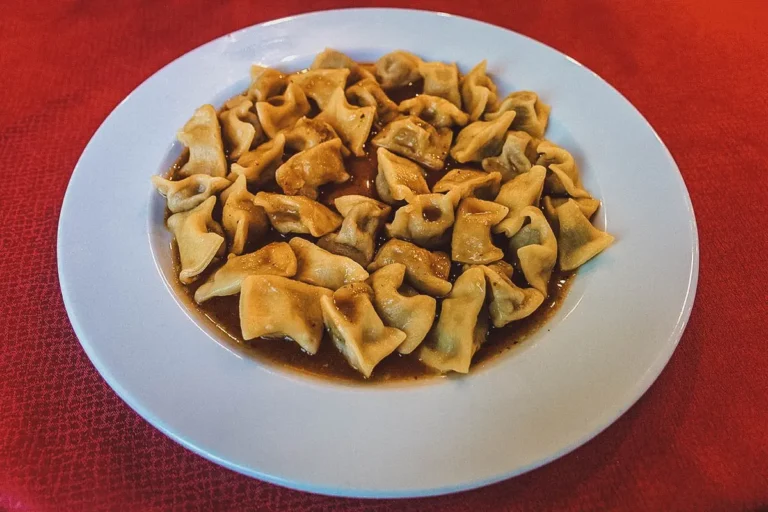Introduction: Exploring Samoan Cuisine
Samoan cuisine is a unique fusion of Polynesian, Melanesian, and Micronesian cultures, with a strong emphasis on fresh seafood and tropical fruits. The cuisine is known for its bold flavors and the use of coconut milk, taro, breadfruit, and yams. Samoan dishes are typically enjoyed as part of communal feasts, where families and friends gather to share food and celebrate special occasions. In this article, we will explore the traditional dishes of Samoa and whether there are vegetarian options available.
Traditional Samoan Dishes and Ingredients
Samoan cuisine comprises a range of dishes, including raw fish salads, barbecued meats, and stews. One of the most popular dishes is palusami, which is made by wrapping taro leaves around coconut cream and onions and baking the mixture in an underground oven. Another traditional dish is oka, a raw fish salad that is marinated in lime juice and coconut cream. Other Samoan dishes include panipopo, a sweet bread roll filled with coconut cream, and fa’apapa, a fried bread made with coconut milk and sugar.
The Role of Meat in Samoan Cuisine
Meat plays a significant role in Samoan cuisine, with pork being the most commonly consumed meat. It is often used in stews and curries and is a staple ingredient in traditional dishes such as lu’au, which is a stew made with taro leaves, coconut cream, and pork. Other meats commonly used in Samoan cuisine include chicken, beef, and fish.
Vegetarianism in Samoan Culture
Vegetarianism is not a common practice in Samoan culture, as meat is considered an important part of the diet. However, there are some cultural practices that involve abstaining from meat, such as the fasting period leading up to Easter and the ceremonial ban on eating certain types of fish during certain times of the year.
Vegetarian Options in Samoan Restaurants
While vegetarianism is not a prevalent dietary choice in Samoa, there are still vegetarian options available in most restaurants. Many dishes can be adapted to be vegetarian by simply omitting the meat, such as palusami and oka. There are also a few vegetarian dishes that are unique to Samoa, such as the coconut milk-based soup called supoesi.
Conclusion: A Vegetarian’s Guide to Samoan Cuisine
In conclusion, while Samoan cuisine is heavily focused on meat, there are still vegetarian options available for those who choose to abstain from meat. Visitors to Samoa can enjoy a range of dishes that are free from meat, such as palusami and oka, or try unique vegetarian dishes such as supoesi. Despite the meat-centric nature of Samoan cuisine, vegetarians can still enjoy the bold and delicious flavors that the cuisine has to offer.

